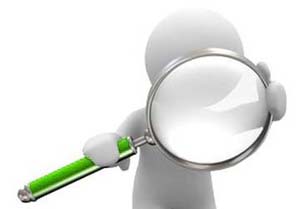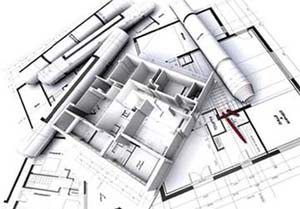MARIA MONTESSORI
Maria Montessori was an Italian
educator and physician. She was born in 1870 in Chiaravalle, Ancona, to an
educated middle class family. Yet even against the considerable opposition of
her father and teachers, Montessori pursued a scientific education and in 1896
she was the first woman to become a physician in Italy. The Montessori method
evolved almost by accident from a small experiment that Dr.Montessori carried
out on the side.
As a physician, she specialized in
pediatrics and psychiatry. She taught at the medical school of the University
of Rome and through its clinics she came into frequent contact with the
children of the working class and poor. These experiences convinced her that
intelligence is not rare and that most new borns come into the world with a
human potential that will be hardly revealed. Her work reinforced her
humanistic ideals and, early in her career, she began to accept speaking
engagements throughout Europe.
In 1901 Montessori was appointed
Director of the new orthophrenic school attached to the University of Rome,
used as the asylum for the "deficient and insane" children of the city. She
initiated a wave of reform in a system that confined mentally handicapped
youngsters in empty rooms, but Montessori insisted that the patients need for
stimulation, activities and self-esteem.
At the same time, she began a
meticulous study of all research done on the education of the mentally
handicapped. Her studies led Montessori to the work of two French physicians of
the eighteenth and nineteenth centuries: Jean Itard and Edouard Seguin. From
these two predecessors, she took the idea of a scientific approach to
education, based on observation and experimentation. She studied her retarded
youngsters and slowly she began to understand who they really were. Her success
was given when, two years after she began, many of Montessori's "deficient"
adolescents were able to pas the standard sixth grade tests of the Italian
public schools.
In 1907 Montessori jumped to the
chance to coordinate a series of centers
for working-class children, who were too young to attend public schools.
These "Children's Houses" were located in the worst slum district of Rome and
her first class consisted of 15 children from two to five years of age.
Montessori began by teaching the older children how to help out with the
everyday tasks that needed to be done, introducing manipulative materials.
Montessori discovered also that the
environment was important to obtain good results: she was the first to
recognize the frustation that a little child experiences in an adult sized
world, so she learned to design entire schools.
Montessori's prime productive period
lasted from the opening of the first Children's House in 1907 until the 1930s.
During this time, she continued her study of children and her schools were set
up throughout Europe and North America.
Dr.Montessori, who was one of the
world's leading educators, has given a big contribution to the renewal of the
children's education and she also wrote some important writings like "The
Montessori Methos" (1912) and "Advanced Montessori Methos" (1917).
She died in Noordwijk aan Zee, Holland, in
1952.






